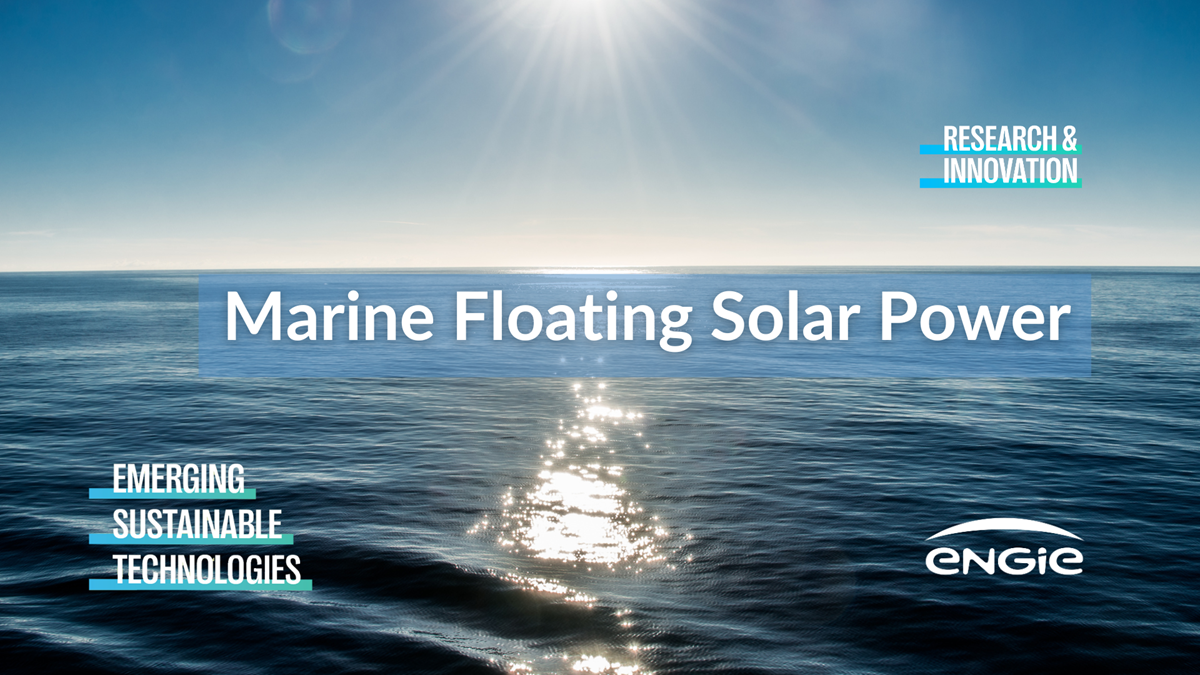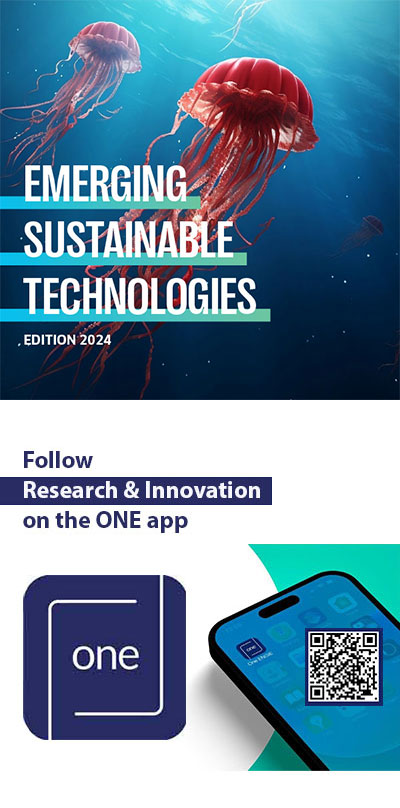


Marine floating PVs are still in the development phase. The mooring & anchoring layout represents a significant risk to reaching commercial use.
Nearshore floating PVs are close to the shore, or in estuaries were the land forms a natural protection against the waves. This technology can be used to power installations located near a coast. Since nearshore environments are nowhere near as harsh as offshore environments, NFPV designs are usually closer to what is done in onshore floating PV installations. PV modules are located close to the water level, on structures that can fluctuate to follow the waves’ motion (pontoons or flexible foils), unlike offshore floating PV floaters that are generally rigid.
Offshore floating PVs are located far off the coast. The technology can be used for standalone PV plants, or to form hybrid plants with offshore wind farms. In offshore environments, most designs put the PV modules several meters above the water (either with an elevated truss or on a walkable platform), but sometimes also on pontoons (or other structures) close to the water level. A floating solar unit (FSU) represents the smallest OFPV system that can be installed for a specific design. Offshore floating PV plants are typically composed of multiple FSUs that can be linked together to reduce the total number of anchoring points.
A floating PV plant consists of the same main components as a classical ground-based PV plant: PV modules, inverters & transformers, which may be located on floating structures. The electrical configuration depends on the distance to shore, the size of the plant and whether it is integrated with other marine renewable technologies. Electricity produced can be used both offshore or onshore.
| Offshore platform: Elevated platforms keep the PV modules at a certain level above the water, in order to prevent any contact of the solar panels with the seawater. Several floats provide buoyancy, and they can support either a walkable platform, or a truss with railings but without walkways for installing the PV modules. Most floating solar designs for high-wave environments use elevated platforms. This system works with a “transparent floater”, meaning it interferes with the waves in a limited way, so it does not “fight the waves” but allow them to go through the system. Their mooring points can be located above or below water level. | |
| Rope mesh floating solar units: The PV modules move freely and independently within a pre-tensioned rope mesh. Each module is individually anchored to the rope mesh, which is pre-tensioned for stability purposes, and to prevent the floating elements from colliding. The PE pipes are interfaces between the mooring system and the rope mesh, they provide buoyancy, stiffness and flexibility for the system and act as a buffer between the structure and the waves. The bridle lines distribute the forces between PE & mooring lines. Anchoring depends on seabed conditions. | |
Pontoon type floater (nearshore / offshore): Pontoon type floaters rely on a buoyant platform to provide a stable floating structure on which the PV modules can be installed. This platform can be either a single body floating island, built like a raft with several floating elements supporting the structure, or even composed of an array of interconnected individual floaters for each PV module. They are usually made of plastic materials such as high-density polyethylene. With this design, the modules are close to the water level but still above it. Strong wind and frozen water are considered in the design. This design also helps in water aeration (adding oxygen). | |
| Foil type floater (nearshore/offshore): PV modules are placed on a thin membrane to float. This set up allows direct cooling from water, which claims a 10% higher energy yield than ground-mounted and pontoon type floating PV systems. |